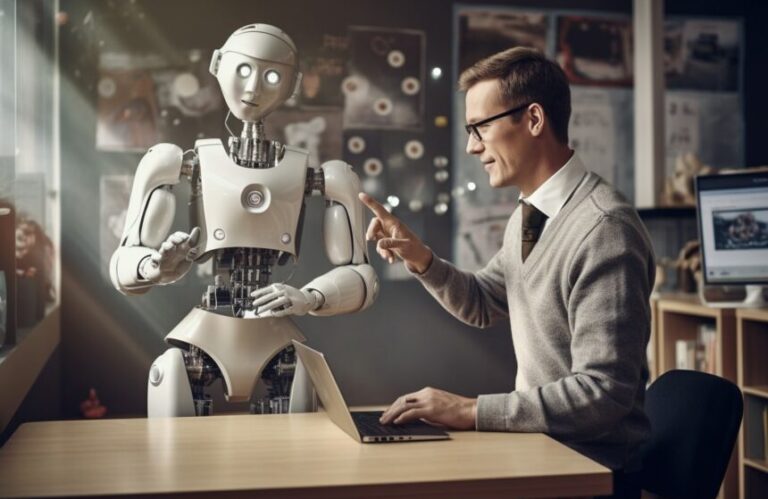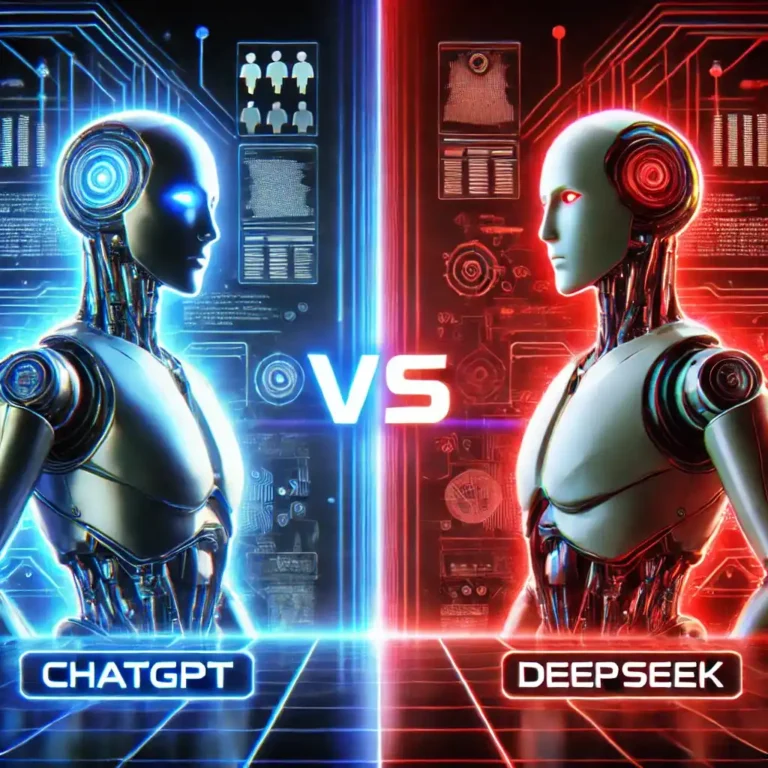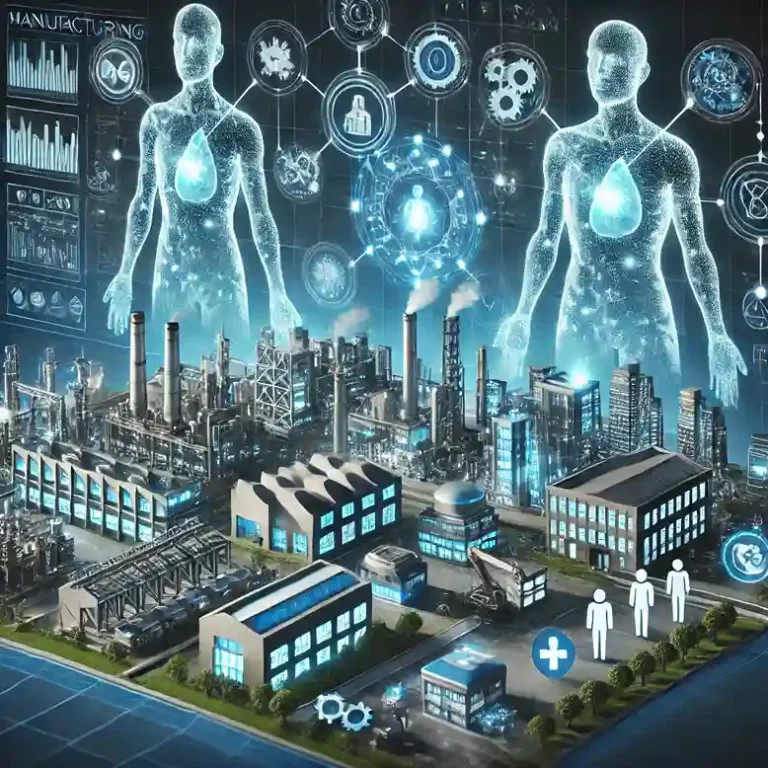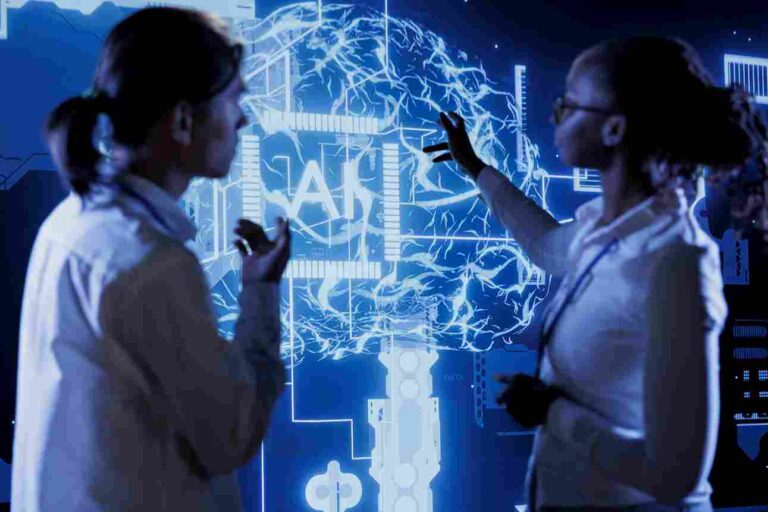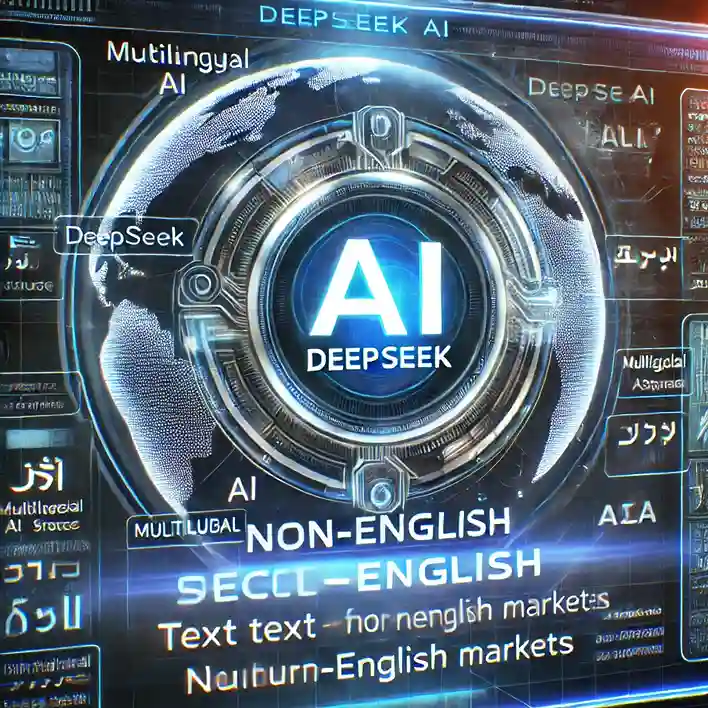Benefits and Examples of AI in Autonomous Vehicles
There was a time when we were not able to imagine self-driving cars, but now this is going to become a reality in the near future. The future where we do not have to worry about traffic, long trips, and parking. All this is going to be possible with the help of artificial intelligence (AI), which is playing a big hand in making this a reality.
What Are Autonomous Vehicles?
These are such vehicles that do not need humans to navigate. These are equipped with such technology which do not require humans to control it. With the help of different sensors, algorithms, and cameras these vehicles are able to make decisions. Many companies are investing and doing research in this field, Tesla, Waymo and Uber are leading this field.
These cars are incorporated with AI-powered systems that help them to see, think, and act like humans.
How AI Powers Self-Driving Cars
AI is the core ingredient to make these autonomous vehicles reliable and safe.
Perception
These self-driving vehicles have to understand their surroundings and environment.
- Watch out for the other objects present like other vehicles, pedestrians, and different signs on the road.
- Recognizing lanes and traffic on the roads and understanding what they mean.
- Adapting and acting according to different weather conditions.
Different AI tools, such as cameras and sensors, are used to perform such functions. Tesla’s autopilot function uses AI to detect other vehicles on the road and maintain distances.
AI technologies, from decision-making systems to perception tools, are transforming autonomous vehicles just as they are revolutionizing creative industries. Learn more about AI’s role in production, entertainment, and filmmaking to explore how AI reshapes diverse fields beyond transportation.
Decision-Making
The vehicles have to decide what to do, after understanding their environment and surroundings.
AI algorithms help to make decisions based on real-time data, that instructs the car to stop, slow down, or switch lanes. Deep learning models are used in Waymo’s self-driving cars to predict how pedestrians and drivers will behave on the road.
Control
After the alignment of perception and decision-making process, AI takes charge of steering, braking, and accelerating, which ensures fast and smooth driving.
The Technologies behind AI in Self-Driving Cars
There is no single technology used in autonomous vehicles, but rather a combination of different technologies which make it a reality.

Machine Learning (ML)
Machine Learning (ML) helps the vehicle to learn from current and previous data. A car can improve its performance by learning and analyzing past driving experiences. Reinforcement learning is helpful in teaching cars how to handle tricky situations, whereas supervised learning is helpful in object recognition.
Neural Networks
Neural networks are used to mimic how the brains of humans work. They process large amounts of data to identify different patterns like they can help vehicles to differentiate between a stop sign and a billboard.
Natural Language Processing (NLP)
Natural Language Processing (NLP) can be used by autonomous vehicles to understand voice commands. This can let the driver or passenger ask the car to take a specific route or find the nearest gas station or mart.
Sensor Fusion
AI combines data from different sensors, such as cameras, LiDAR, and radar. This process is called sensor fusion that gives the car a complete picture of its surrounding environment. For example, LiDAR creates a 3D map, while cameras capture color and texture.
Examples of AI in Action in Autonomous Vehicles
The Autopilot Feature of the Tesla
Cars manufactured by Tesla are famous for their advanced AI systems. The autopilot feature in Tesla’s cars uses different sensors, cameras, and advanced AI technology to assist with driving tasks like staying in a lane and adjusting speed on the basis of traffic on the road and surroundings.
Self-Driving Taxis
Self-driving taxis are launched in cities like Phoenix by Waymo. These taxis use AI technology to navigate busy streets and avoid accidents.
Drive Platform of NVIDIA
NVIDIA offers a platform for training AI models used in self-driving cars. Companies use it to develop systems for mapping, perception, and decision-making.
The Benefits of AI in Self-Driving Cars

The use of AI in autonomous vehicles comes with many advantages:
Improved Safety
AI reduces human errors, which cause most accidents. Unlike human drivers, AI systems don’t get distracted or tired.
Smoother Traffic
AI optimizes traffic flow by communicating with other vehicles and traffic systems. This means few traffic jams and quick trips.
Better Accessibility
Self-driving cars can help people who cannot drive by themselves, like the elderly or disabled, gain independence.
Environmental Benefits
AI improves fuel efficiency by optimizing driving patterns. Many autonomous vehicles are also electric, reducing pollution.
Challenges
Despite its benefits and potential, AI in self-driving cars is also facing several hurdles:
Data Needs
Large amounts of data sets are required to train AI which can be time-consuming and expensive thing to do.
Legal and Ethical Challenges
Who is going to take responsibility if an accident is caused by an autonomous vehicle? This is a crucial question and companies and governments are still looking for answers.
Technical Challenges
AI systems may struggle to work best in bad weather or complex environments or surroundings. This poses a challenge which needs to be addressed.
Public Trust
Gaining the trust of the people is very important for any product, which takes some time. People are not sure about the safety of self-driving cars, winning their trust will take time and proven results.
Next for AI and Autonomous Vehicles
The future of AI-powered self-driving vehicles is promising and exciting.
Full Autonomy
Most self-driving cars today need some sort of human input. In the future, these autonomous cars will be fully autonomous, without any steering wheels or pedals.
Smart Cities
These vehicles will work with AI-driven traffic systems, which will reduce congestion and make cities more livable.
Shared Mobility
Ride-sharing will become more affordable and efficient with these autonomous vehicles. Uber and Lyft are already working on it.
Advanced AI
These autonomous vehicles will become safer and more reliable as AI will get better. Helping to make decisions faster and improving object detection on the road.
Conclusion
AI in autonomous vehicles is changing how we think and perceive transportation. It is making driving safer, smoother, and cities smarter. While many challenges are there including data needs and public trust are still there. The potential benefits of these self-driving vehicles are huge. The journey has just started and the future looks thrilling, exciting, and promising.

